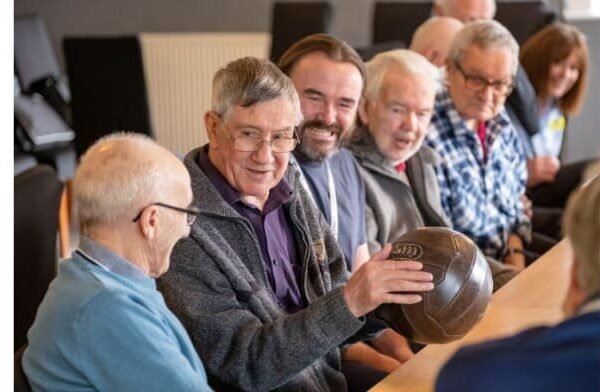The study was controlled for other factors – like a child’s background and whether they were young or old for their school year – but it supported other global studies that suggested sport offers a clear route to reducing educational inequalities and closing attainment gaps.
Wigmore wrote: ‘The Institute of Education found that economically disadvantaged children who took part in more sport fared markedly better in their exams. Disadvantaged children who took part in after-school sports achieved, on average, a two-point higher total score in their Key Stage 2 assessments. The extra points amount to 40 per cent of the average attainment gap between disadvantaged and non-disadvantaged children aged 11.’
Disadvantaged children who took part in after-school sports achieved, on average, a two-point higher total score in their Key Stage 2 assessments. The extra points amount to 40 per cent of the average attainment gap between disadvantaged and non-disadvantaged children aged 11.
Wigmore also quoted research findings in Canada, Germany and other countries where, across different classes, cultures and countries, children who do more physical activity tended to perform better in class. Alongside the accepted qualities of developing resilience, relationship skills and confidence from turning up in all weathers to play with friends, coping with failure and developing self-belief, Wigmore also spoke of research by Professor Craig Williams from the University of Exeter, linking levels of aerobic fitness to improving cognitive function. It was clear that regular physical activity can make children better-equipped to learn – developing brain function through increased oxygen to the brain.
‘By boosting fitness and stamina, sport can give children more energy, sharpening their focus when they return to the schoolbooks. Regular sports participation has been linked to greater attentiveness and concentration in class,’ wrote Wigmore. ‘As Covid-19 has illustrated to many children and adults alike, regular sport also improves mental health. Doing sport releases endorphins, helping relieve stress. Children doing more sport report greater well-being, which can in turn benefit their studies.”
Wigmore concluded: ‘The distinction between work and play is a false dichotomy. If children are not keeping physically active, by implication they are not giving themselves the best chance of succeeding in class. For children to fulfil their potential in the classroom, they need to spend enough time doing sport, too. So, perhaps the parents of children struggling at school need to change their advice. Not getting the grades? Maybe you need to spend more time on the pitch.”
The challenge currently in Scotland is that parents do not have this choice as Scottish councils have taken the decision to delay the return of sport. PE teachers contacted by the OSS stated that the only reason they had been given was that it the risk of a Covid-19 outbreak was considered too high.
Read the full article here.





TAKING part in school sport can improve a child’s educational attainment, but Scotland appears to be failing to grasp this as it continues to leave sport way down the priority list in the Covid-19 recovery.
School Sport New Zealand CEO Garry Carnachan highlighted in an OSS webinar, watched by nearly 2,000 people from across Scotland and worldwide, how New Zealand had deliberately used PE and after-school sport as a tool to help children cope with and recover from lockdown.
But while PE in Scotland is back in various forms, still nearly three months on from schools returning extra-curricular school sport remains on hold across most of Scotland. East Lothian Council, and independent schools, welcomed children back into sport activity in September, and thousands of children have been playing club sport since July – when the government gave the green light for children to return to sport activity – often on the same facilities and with the same coaches. But the majority of secondary school-children are still awaiting council green lights to start school sport with their friends. Now the concern is that this could be damaging their long-term academic performance and attempts to close Scotland’s attainment gap.
In New Zealand, from the Prime Minister Jacinda Ardern to community levels, there was an agreement that moresport/physical activity than usual was necessary in the initial return to school, partly to help children re-integrate and socialise, but also because of the direct link between school sport and academic progress.
In it, he quoted research overseen by University College London’s Institute of Education, which revealed: “Children taking part in regular organised sport and physical activities aged five, seven and 11 were almost 1½ times more likely to reach a higher than expected level in their Key Stage 2 maths test aged 11.”